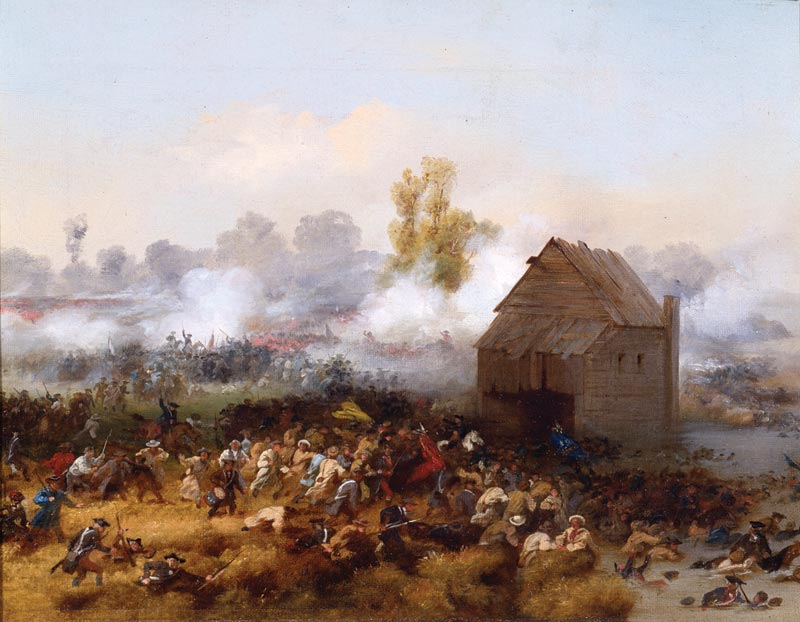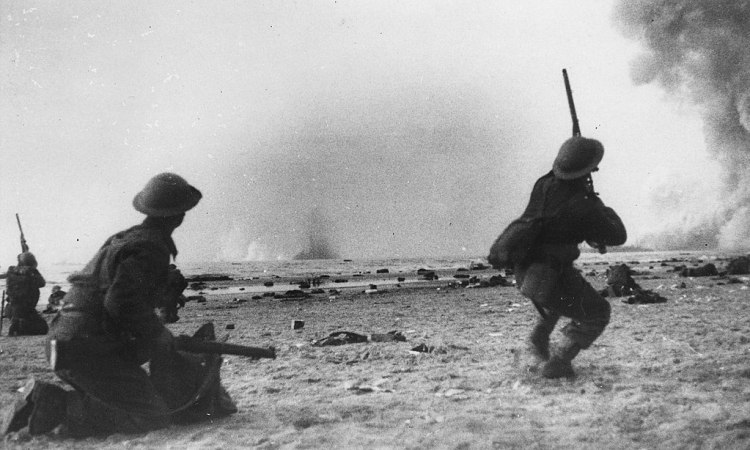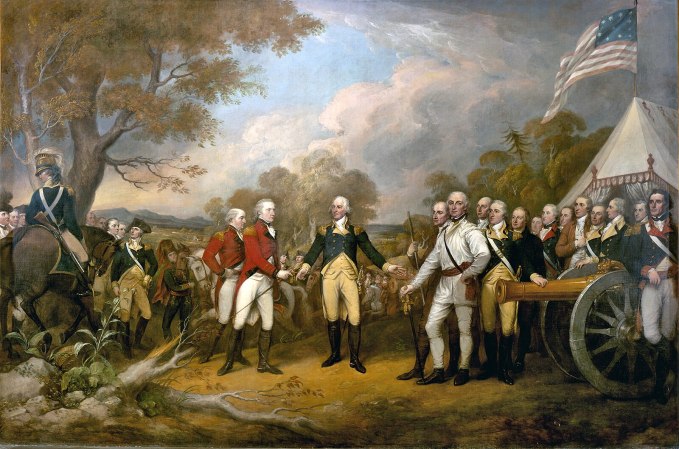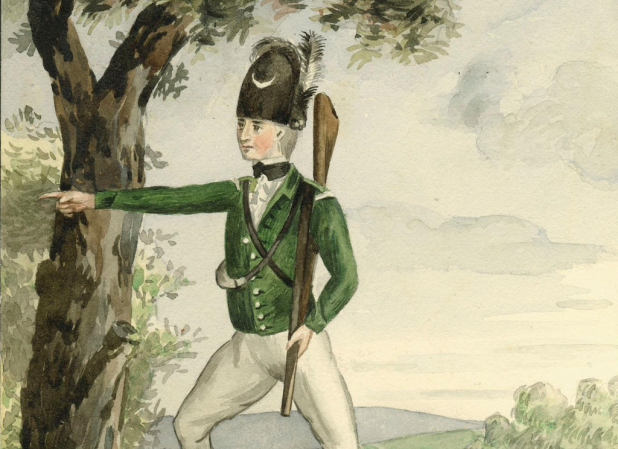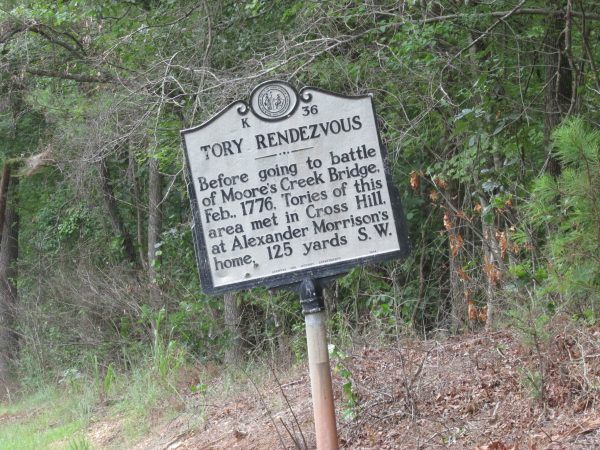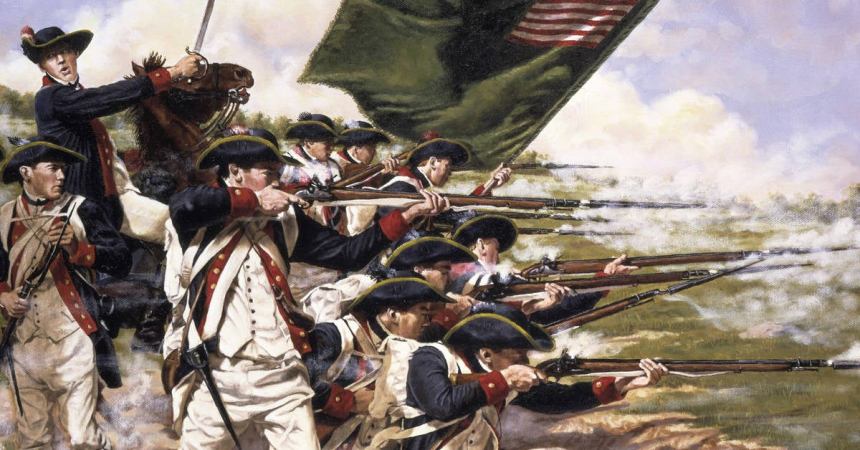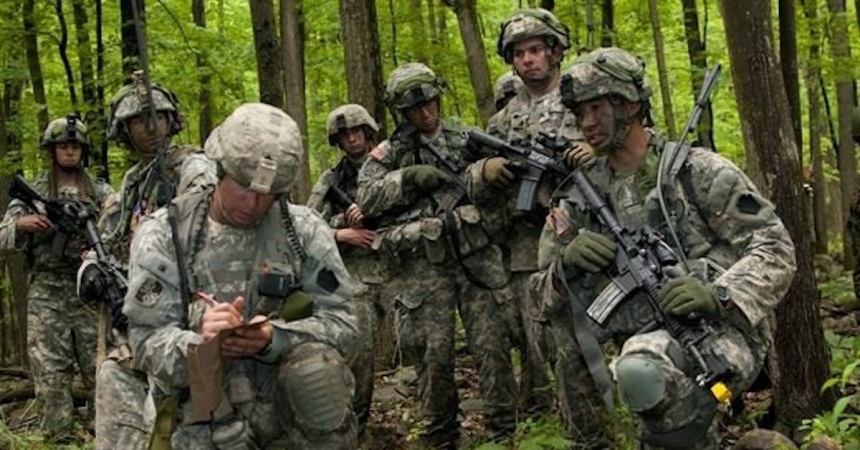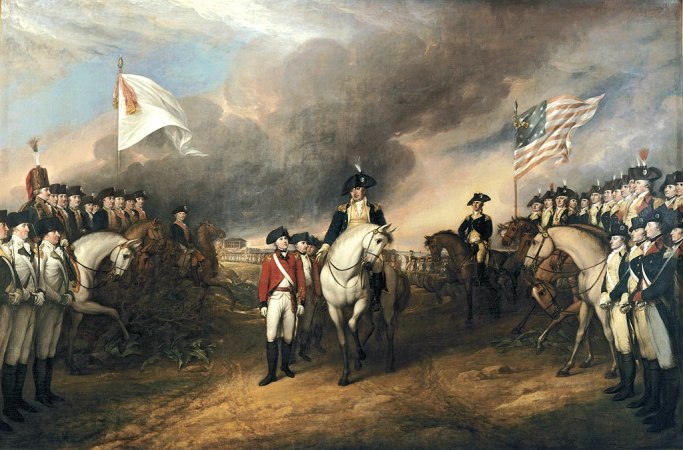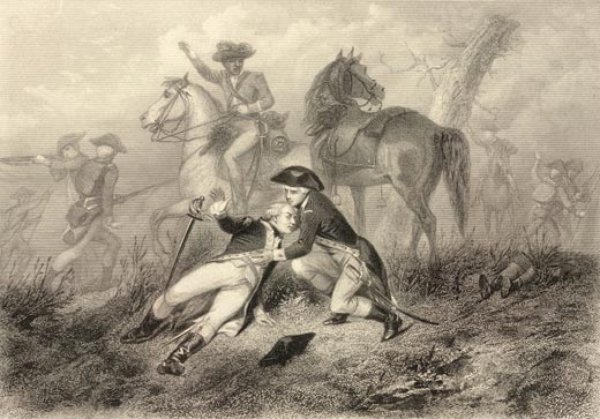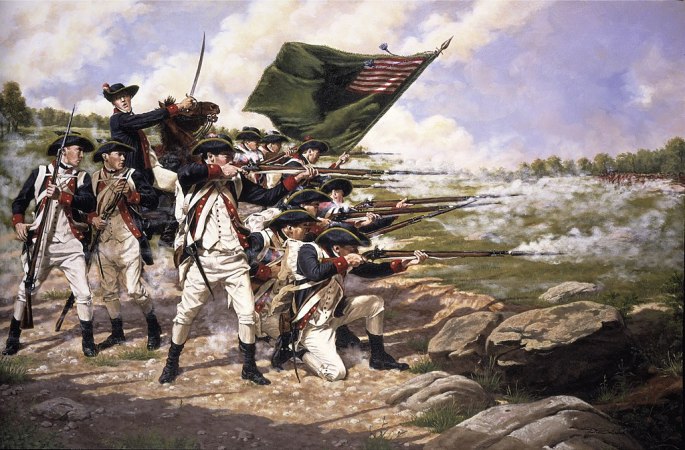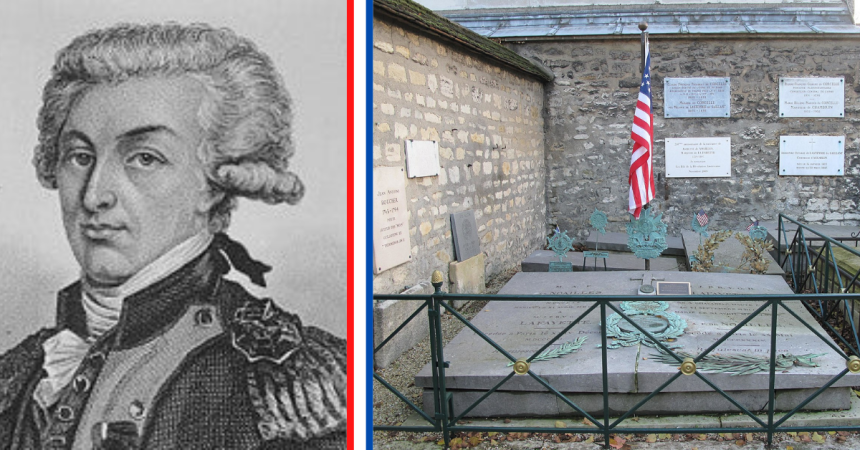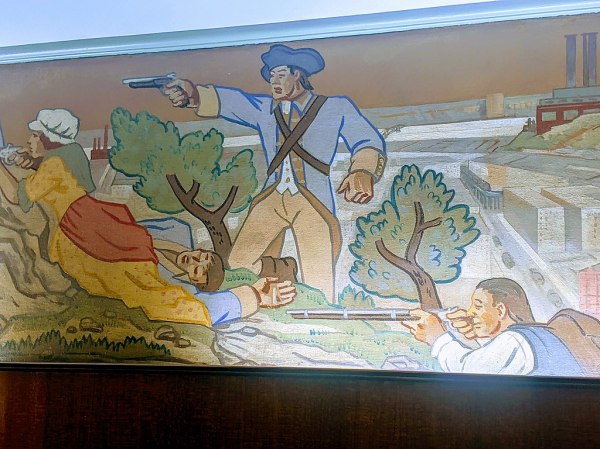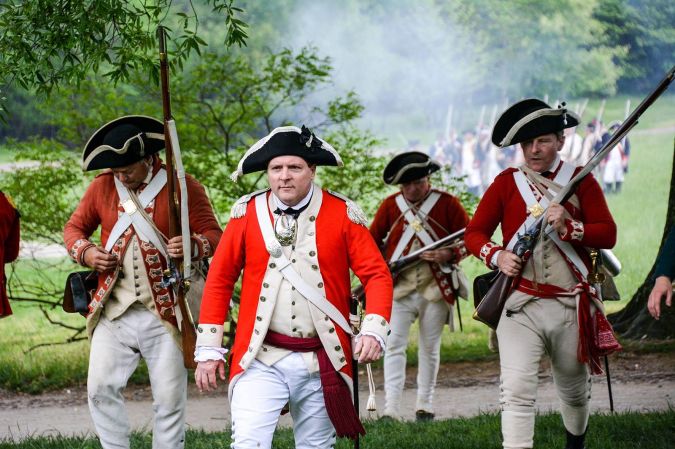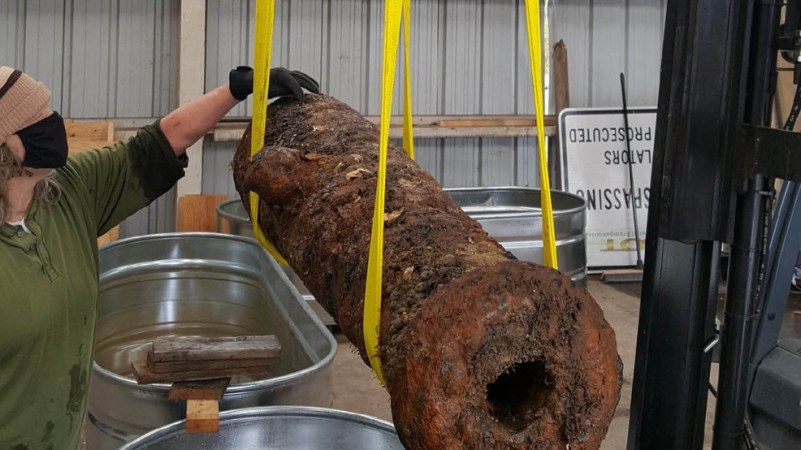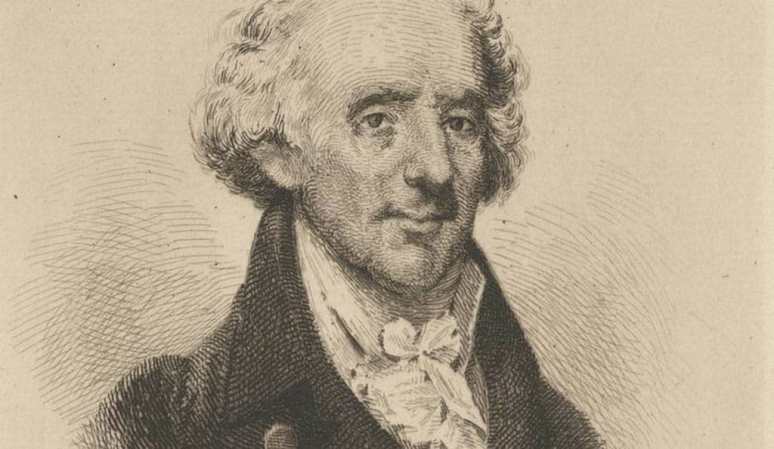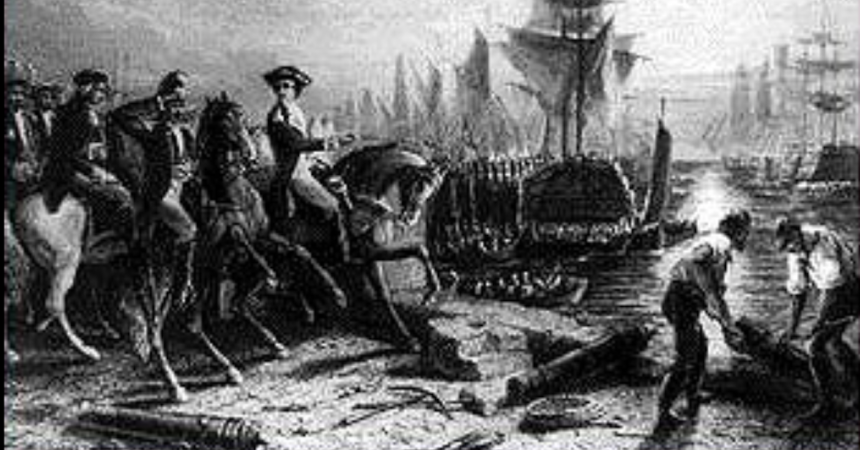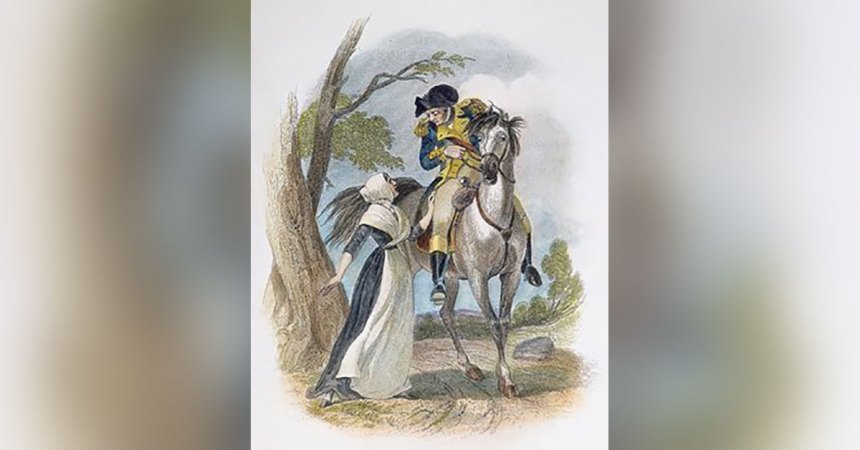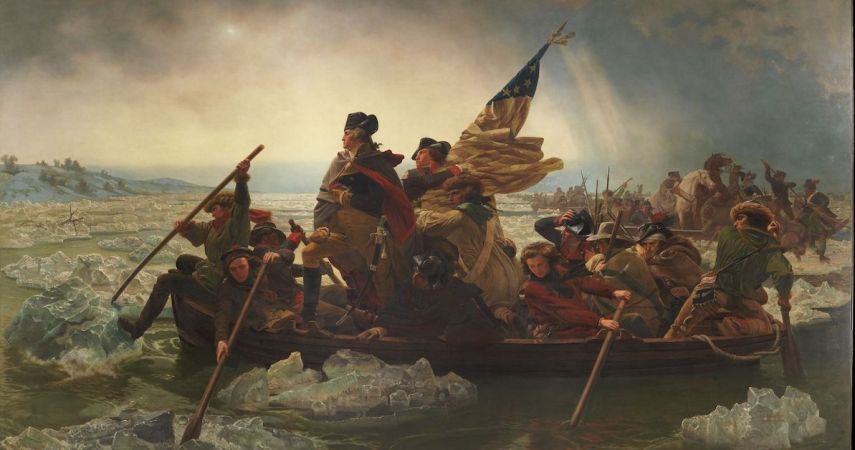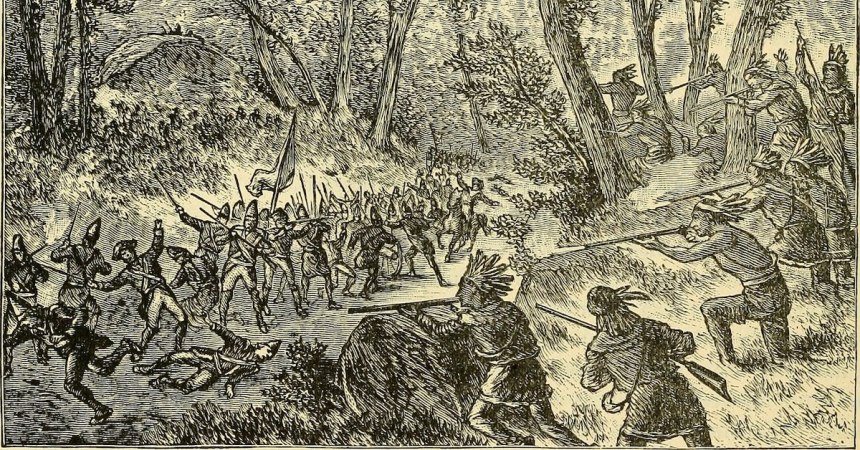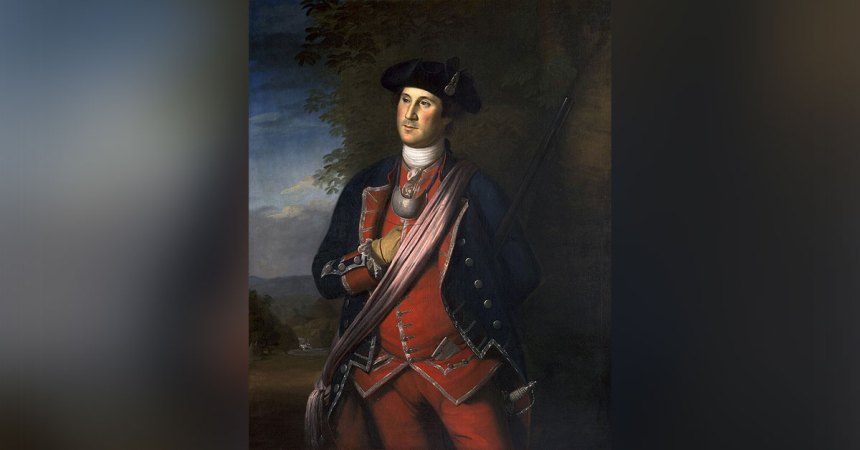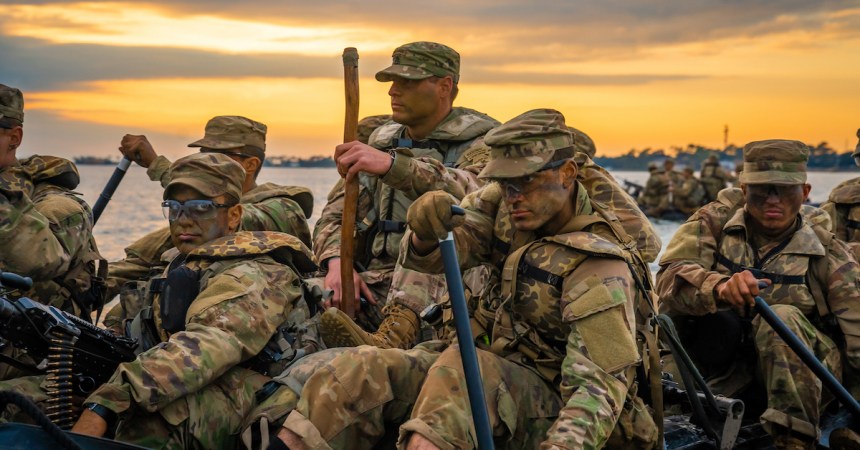Reminiscent of the Spartan 300 during the Battle of Thermopylae in ancient Greece, the courageous actions of a small band of soldiers from the Maryland colony during the Revolutionary War rivals even the original “300”. Their heroic last stand took place at the end of August 1776, in what was the actually largest battle of the Revolutionary War, thus meriting its three names assigned by history, the Battle of Long Island, also known as the Battle of Brooklyn and also the Battle of Brooklyn Heights.
Barely a month after the Declaration of Independence was signed in Philadelphia on July 4th, 1776, George Washington and his fledgling Continental Army marched from Boston to New York City. They had just successfully forced the British to lift their siege of Boston by unexpectedly placing artillery on the heights around the city, causing the redcoats to evacuate the city completely. Washington correctly anticipated the British, denied Boston, would attempt to use Manhattan as a base for the Royal Navy.
The British began landing substantial forces on Staten Island, eventually totaling over 30,000. Washington’s forces numbered less than 20,000, however, he had begun construction of several forts along the East River, complete with artillery. Ship hulks were also sunk at key locations to deny the Royal Navy easy access to land troops.
Rather than make a direct assault into the teeth of the Continental’s prepared positions across the East River, British General William Howe landed troops on Long Island and attacked Washington’s thinly defended left flank on August 27th.
Believing this to be a diversionary attack, Washington failed to send adequate reinforcements to counter the attack and even sent additional troops to bolster his East River positions. He soon realized Howe’s thrust from Long Island put his army in serious jeopardy of being wiped out, and the Revolution ended if the large British force overwhelmed them. The only hope for the American rebels was to escape to Manhattan. As it turned out, two unrelated, fortuitous events, would prevent a disaster and give Washington’s forces a chance to live and fight another day.
First, with the costly British victory in June 1776 at Bunker Hill, also known as Breed’s Hill, during the siege of Boston, no doubt fresh in Howe’s mind, he halted this army’s advance toward the colonials’ East River forts. Believing the Royal Navy capable of controlling the river, the British troops were ordered to dig in and prepare to lay siege to the rebel fortifications.

Now that the threat was clear to Washington, colonial resistance began to stiffen. It was at this point that 400 Continental soldiers from the 1st Maryland Regiment were called upon to undertake a rear-guard action that was a suicide mission, much like the Spartans at Thermopylae 2,000 years before. The “Maryland 400”, actually closer to 300, mounted two frontal attacks directly against the 2,000 dug-in redcoats, who also had two cannons supporting them.
The Marylanders’ valiant attacks had the desired effect, reinforcing British General Howe’s belief his forces were in for a tough fight against the trapped rebels. As night fell, both sides settled into their lines to rest from the exhausting day’s fight, however, there was little rest for the colonials that night.
Washington, hoping against hope, ordered an evacuation across the East River. It had begun raining earlier in the day, as flat bottom boats were summoned to the colonial’s consolidated positions at Brooklyn Heights. Why the Royal Navy never patrolled that part of the river is a mystery of history.
The evacuation started at 9 PM, with the sick and wounded the first to leave. Troops from Pennsylvania maintained the outer defenses to keep up the deception, including keeping watchfires lit throughout the night. Upon being told they were relieved; the Pennsylvanians actually left the front lines but were told to return to their positions. The resulting commotion might have actually served to reassure the British that the full force of their enemy was still in front of them.
All throughout the night, the evacuation of colonial troops and equipment to Manhattan continued. As daylight approached, a substantial number of troops were still on shore, and it appeared they would be caught out in the open once the British discovered the deception. General Washington got his second big break of the battle when an unseasonable and particularly thick fog bank enveloped the area, giving cover to complete the evacuation. Washington is reputed to have left on the very last boat to leave the shore, joining his 9,000 soldiers that had already escaped.
The Maryland 400 had given Washington’s Army time to flee but paid a very heavy price. Less than 20 survived the attack and were able to rejoin Washington’s Army. Almost 200 died and the remaining one hundred were taken prisoner.


